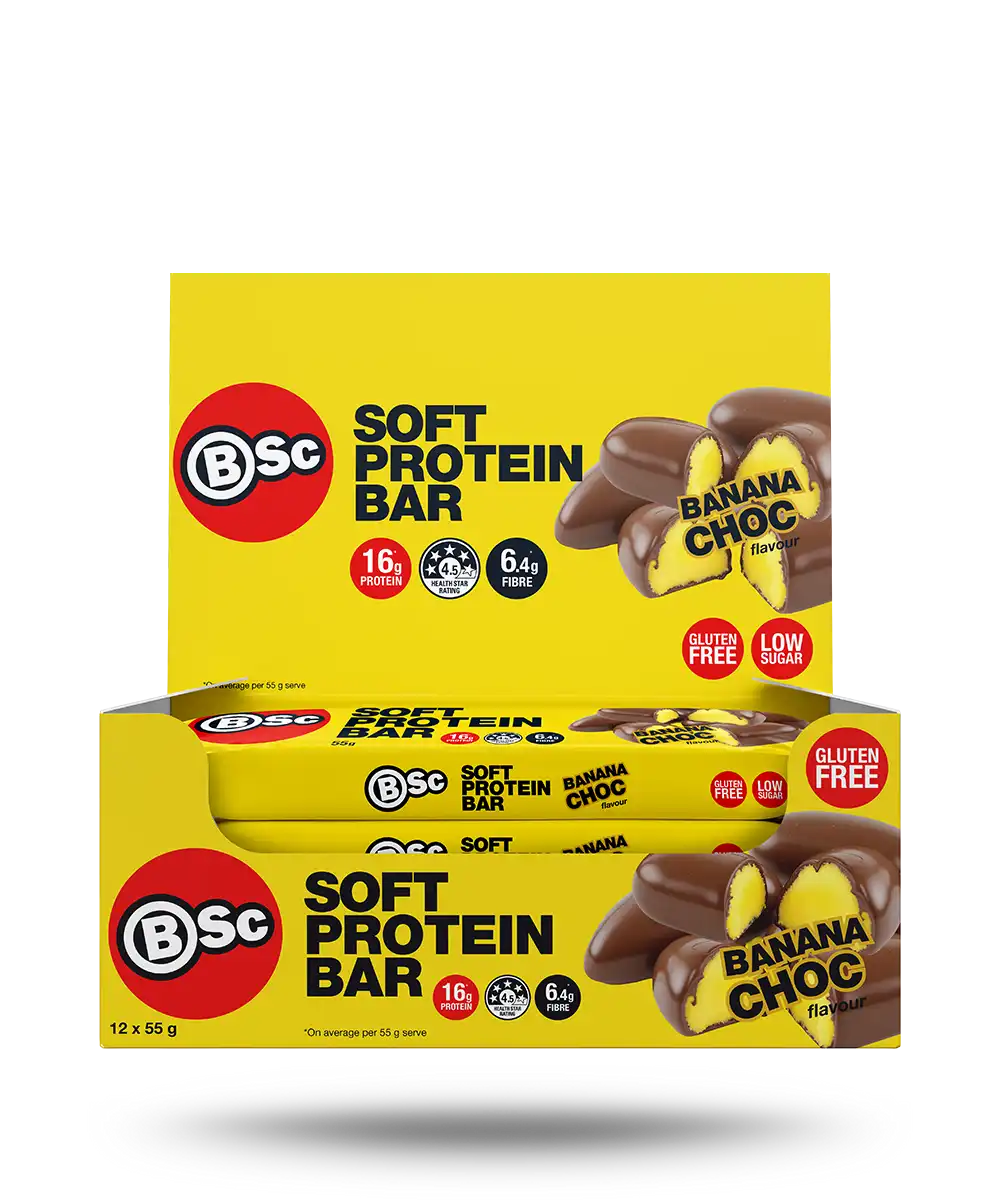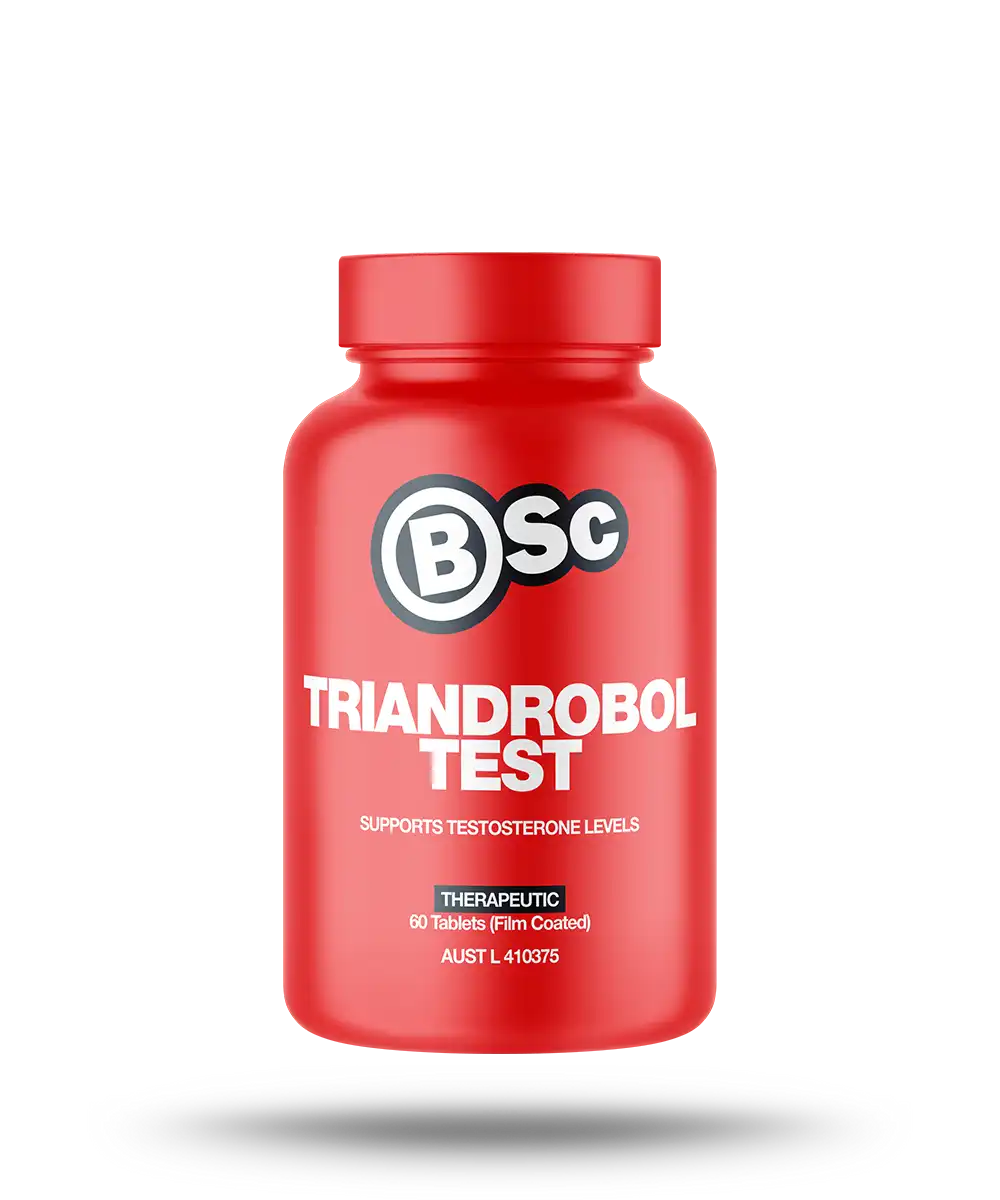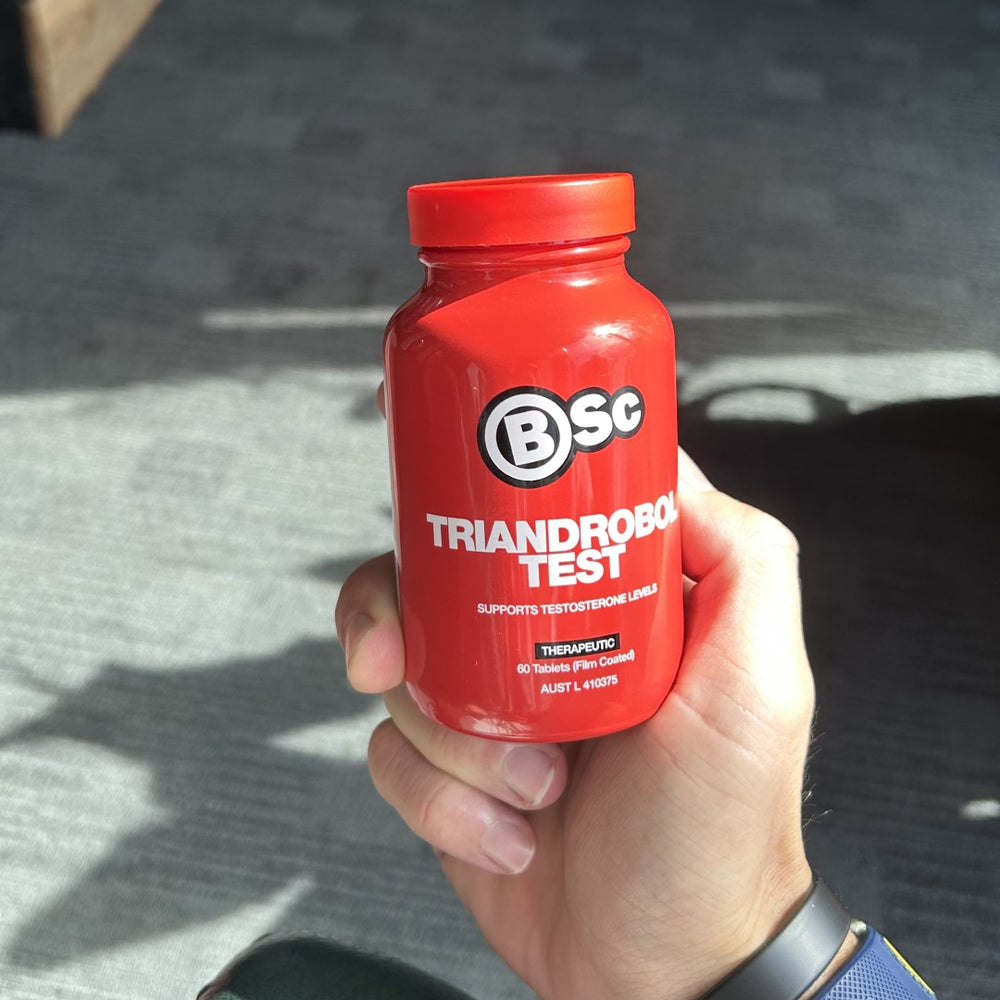Does cardio burn fat? - How it Happens + Exercise Tips
There’s no denying that cardio burns fat, but the real question is, is it the most effective means of burning fat and how does cardio actually burn fat?
How does cardio help burn fat?
Cardio burns fat by burning calories - a unit of energy we source from food that fuels anything from walking, talking, to thinking. Our body stores these calories as fat when we don’t use them. Cardio taps into our daily calorie intake, and once that’s used up, it starts to take from its fat supply. That’s why it’s so important to have a calorie deficit (eating fewer calories than you burn); otherwise, there’ll just be an endless supply of calories, and you’ll find losing weight near impossible.
Ways to use cardio to your weight loss advantage
Create a solid calorie deficit
When you want to lose weight, you need to create a calorie deficit. This means that you are burning more calories than you are eating. You can do this in a few ways: by eating fewer calories, exercising more, or doing a combination of the two.
It’s important to find a way to create a calorie deficit that works for you because if you don’t eat enough, your body will go into starvation mode and actually start storing fat. On the other hand, if you exercise too much without reducing your calorie intake, you may not see any weight loss at all. A healthy rate of weight loss is about 1-2 pounds per week.
Frequency of Cardio
The frequency of your workout depends on two simple things. How much weight do you want to lose per week? How much can you manage? There isn’t a ‘one size fits’ in this department, but it’s important to set realistic goals, otherwise you’ll slip one week, feel guilty for not keeping up and resent the whole process taking you back to square one.
Cardio Workout Duration
The Australian Physical Activity and Exercise Guidelines recommend adults 18-67, get 2.5 hours of exercise every week. But again, the duration of your cardio workout depends on how much fat you want to burn in a short period of time and the intensity of your workout. It’s been proven that it’s possible to burn over 500 calories in 1 x 30-minute HIIT session. Based on the Australian health guidelines, you could do this 5 times a week or do 2 x 1-hour sessions with a half-hour session to finish the week off.

Heart rate
There are two methods to approach fat burning when doing cardio;
Working out in the fat-burning zone or working out at an intensive rate burning through energy supplies faster and tapping into fat storage. Both are effective if you do them correctly. But how do you determine your fat-burning zone?
Finding Your Fat Burning Zone
Your fat-burning zone is 70 % of your maximum heart rate. Here is a quick and easy formula to work out your fat-burning zone.
220 - (your age) = your maximum heart rate.
0.7 (70%) x your maximum heart rate = your fat-burning zone
CHEAT: You can work this out mathematically or just go to the percentage calculator and find 70% of your max heart rate.
Here’s an example anyway:
Jane is 28, and she wants to find her fat-burning zone.
220 - 28 = 192 - Jane’s Maximum Heart Rate
0.7 x 192 = 134.4 - Jane’s Fat-Burning Zone
Questions the PT Hears A lot
Over at the BSc free Personal Trainer Page, we hear a few questions related to burning fat quite a bit. So we decided to include them in this article just in case they were on your mind. Maybe they weren’t, but you’ll find the information valuable nonetheless.

Does sweating burn fat?
There's a lot of debate about whether sweating can help you burn fat. Some people say it does, while others believe that the amount you sweat doesn't matter. So, what's the truth?
Well, it seems that sweating may not be the most effective way to burn fat, but it does have some benefits. For example, sweating can help rid your body of toxins and improve circulation. It can also help you stay cool during hot weather or working out.
So, if you're looking for a way to boost your overall health, sweating is definitely a good option. Just make sure to drink plenty of fluids to replace the water you're losing. And if you're trying to lose weight, focus on diet and exercise rather than relying solely on sweat sessions.
How much should I walk to see weight loss?
A person weighing in at 69.8 kg walking at 5 km/h for 1 hour will lose 280 calories on average. Increase the speed to 7.2 km/h (a face-paced speed walk), and you will lose 460 calories after an hour on average.
What Exercise Burns the Most Belly Fat?

You’ve probably heard that cardio is the best exercise for burning fat, especially around your midsection. But what if you don’t have time for a long workout? Or what if you’re already doing cardio and want to start seeing more results?
The truth is, any form of exercise will help you lose weight – including belly fat. But some exercises are better than others at targeting that troublesome area. Squats, sit-ups, lunges, and deadlifts are all great exercises for toning your abs and burning fat.
But if you really want to see results, add some high-intensity interval training (HIIT) to your routine. HIIT is a form of cardio that involves alternating short bursts of high-intensity exercise with short periods of rest.
Burning Fat with BSc Products
We’d like to give you a little boost to help your newfound admiration for cardio workouts. Our Shred Supplements have been proven to enhance energy levels, increase metabolic rate, and drive motivation. Taking it right before an intense workout when you don’t necessarily have the energy for it is the best way to recharge and motivate yourself. Take a look at our Shred products.
Does cardio burn fat? - How it Happens + Exercise Tips for Weight loss
There’s no denying that cardio burns fat, but the real question is, is it the most effective means of burning fat and how does cardio actually burn fat?
How does cardio help burn fat?
Cardio burns fat by burning calories - a unit of energy we source from food that fuels anything from walking and talking, to thinking. Our body stores these calories as fat when we don’t use them. Cardio taps into our daily calorie intake, and once that’s used up, it starts to take from its fat supply. That’s why it’s so important to have a calorie deficit (eating fewer calories than you burn); otherwise, there’ll just be an endless supply of calories, and you’ll find losing weight near impossible.
Ways to use cardio to your weight loss advantage
Create a solid calorie deficit
When you want to lose weight, you need to create a calorie deficit. This means that you are burning more calories than you are eating. You can do this in a few ways: by eating fewer calories, exercising more, or doing a combination of the two.
It’s important to find a way to create a calorie deficit that works for you because if you don’t eat enough, your body will go into starvation mode and actually start storing fat. On the other hand, if you exercise too much without reducing your calorie intake, you may not see any weight loss at all. A healthy rate of weight loss is about 1-2 pounds per week.
Frequency of Cardio
The frequency of your workout depends on two simple things. How much weight do you want to lose per week? How much can you manage? There isn’t a ‘one size fits’ in this department, but it’s important to set realistic goals, otherwise you’ll slip one week, feel guilty for not keeping up and resent the whole process taking you back to square one.
Cardio Workout Duration
The Australian Physical Activity and Exercise Guidelines recommend adults 18-67, get 2.5 hours of exercise every week. But again, the duration of your cardio workout depends on how much fat you want to burn in a short period of time and the intensity of your workout. It’s been proven that it’s possible to burn over 500 calories in 1 x 30-minute HIIT session. Based on the Australian health guidelines, you could do this 5 times a week or do 2 x 1-hour sessions with a half-hour session to finish the week off.
Heart rate
There are two methods to approach fat burning when doing cardio;
Working out in the fat-burning zone or working out at an intensive rate burning through energy supplies faster and tapping into fat storage. Both are effective if you do them correctly. But how do you determine your fat-burning zone?
Finding Your Fat Burning Zone
Your fat-burning zone is 70 % of your maximum heart rate. Here is a quick and easy formula to work out your fat-burning zone.
220 - (your age) = your maximum heart rate.
0.7 (70%) x your maximum heart rate = your fat-burning zone
CHEAT: You can work this out mathematically or just go to the percentage calculator and find 70% of your max heart rate.
Here’s an example anyway:
Jane is 28, and she wants to find her fat-burning zone.
220 - 28 = 192 - Jane’s Maximum Heart Rate
0.7 x 192 = 134.4 - Jane’s Fat-Burning Zone
Questions the PT Hears A lot
Over at the BSc free Personal Trainer Page, we hear a few questions related to burning fat quite a bit. So we decided to include them in this article just in case they were on your mind. Maybe they weren’t, but you’ll find the information valuable nonetheless.

Does sweating burn fat?
There's a lot of debate about whether sweating can help you burn fat. Some people say it does, while others believe that the amount you sweat doesn't matter. So, what's the truth?
Well, it seems that sweating may not be the most effective way to burn fat, but it does have some benefits. For example, sweating can help rid your body of toxins and improve circulation. It can also help you stay cool during hot weather or working out.
So, if you're looking for a way to boost your overall health, sweating is definitely a good option. Just make sure to drink plenty of fluids to replace the water you're losing. And if you're trying to lose weight, focus on diet and exercise rather than relying solely on sweat sessions.
How much should I walk to see weight loss?
A person weighing in at 69.8 kg walking at 5 km/h for 1 hour will lose 280 calories on average. Increase the speed to 7.2 km/h (a face-paced speed walk), and you will lose 460 calories after an hour on average.
What Exercise Burns the Most Belly Fat?

You’ve probably heard that cardio is the best exercise for burning fat, especially around your midsection. But what if you don’t have time for a long workout? Or what if you’re already doing cardio and want to start seeing more results?
The truth is, any form of exercise will help you lose weight – including belly fat. But some exercises are better than others at targeting that troublesome area. Squats, sit-ups, lunges, and deadlifts are all great exercises for toning your abs and burning fat.
But if you really want to see results, add some high-intensity interval training (HIIT) to your routine. HIIT is a form of cardio that involves alternating short bursts of high-intensity exercise with short periods of rest.
Burning Fat with BSc Products
We’d like to give you a little boost to help your newfound admiration for cardio workouts. Our Shred Supplements have been proven to enhance energy levels, increase metabolic rate, and drive motivation. Taking it right before an intense workout when you don’t necessarily have the energy for it is the best way to recharge and motivate yourself. Take a look at our Shred products.










